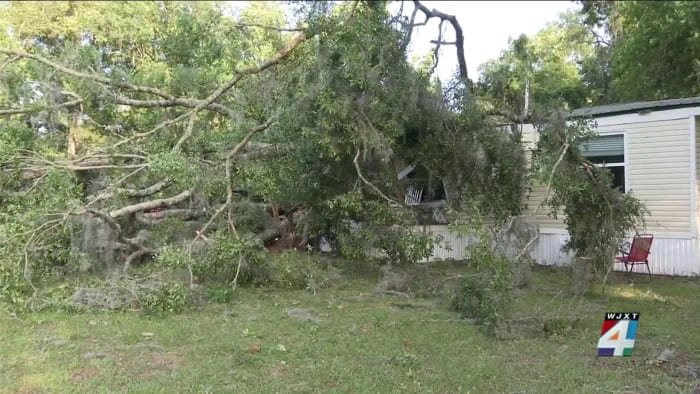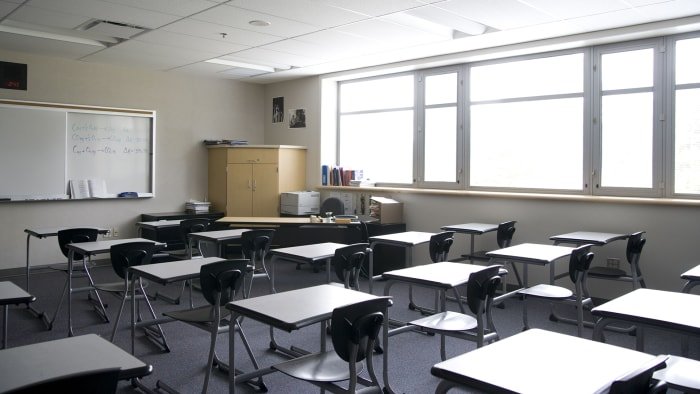
More than 100,000 Americans die from lung cancer ayear, but the team at HCA Florida is using a new robotic method to find tumors faster and further in the lung.
JACKSONVILLE, Fla. — It’s a groundbreaking medical procedure that could save countless lives.
November is Lung Cancer Awareness month and according to the National Cancer Institute more than 127,000 Americans will die from lung cancer this year, making lung cancer responsible for the most deaths related to a specific type of cancer in the United States.
The team at HCA Florida Memorial uses a robot that can find cancerous tumors in parts of the lung that were previously inaccessible prior to this robot. It can also reach those tumors faster and further in the lung than previous care methods. First Coast News was granted exclusive access inside the operating room to see how the procedure works.
The morning of the procedure William Love is a ball of nerves. He smoked a pack of cigarettes every day since he was 12 years old. Now he’s 63 years old and a spot on his lung found during a CAT Scan indicated that he may have lung cancer.
“It is what it is, what are you going to do about it,” said Love.
His team of doctors at HCA Florida Memorial is going to find the tumor, determine if it’s cancer and treat it.
“The lung is like a tree with branches so we’re trying to get to the spot far away in the branch, the smallest branch,” said Dr. Amit Chakravarty.
Dr. Chakravarty is a doctor of pulmonary diseases and will drive the robotic-assisted bronchoscopy to an area of the lung that was inaccessible with previous methods.
“The robotic protocol scopes are much smaller and more flexible so we should get far away up to lesions measuring 8 millimeters,” Dr. Chakravarty said.
Love is wheeled into the procedure room and while he’s sedated, the robot wakes up.
The medical team looks at scans and imaging to plot their course for the robot. With their path locked in, and the robot locked in, it’s time to find the tumor. There’s not a single scalpel involved in this procedure, in fact, Dr. Chakravarty drives the robot into the patient’s throat and navigates the cavities of the lung with a handheld controller that looks like it could be hooked up to your kid’s Xbox.
A camera at the end of the scope gave Dr. Chakravarty and the team a live view of inside the lung while he’s navigating through branches of the lung that could not be reached prior to this technology.
“With this we can pretty much say we’re close to the lesion, if not on the lesion,” said Dr. Chakravarty, who is able to look at an image with white spots to indicate the presence of a tumor.
The tumor is behind a membrane wall, so to reach it the robot takes a small bite mere millimeters thin. More live time imaging gives the crew another glimpse of the robot in action. Because of this robotic technology the tumor is no longer hidden. After a quick 35 minutes the team was able to gather samples of the tumor to be biopsied and William Love is rolled out of the room.
After the tumor was biopsied, it appears Love will avoid serious medical care in the near future. The tumor was not cancerous and because the robot was able to find it and remove a piece of it from a part of his lung that was previously inaccessible, he will avoid unnecessary cancer treatments.
The robot in this story is not always restricted to trained medical professionals. In fact, on November 8th HCA Florida Memorial will allow the community to try their hands at driving the robot in a simulated procedure to see how it works.
HCA Florida Memorial is located at 3625 University Blvd. S Jacksonville, FL 32216.







